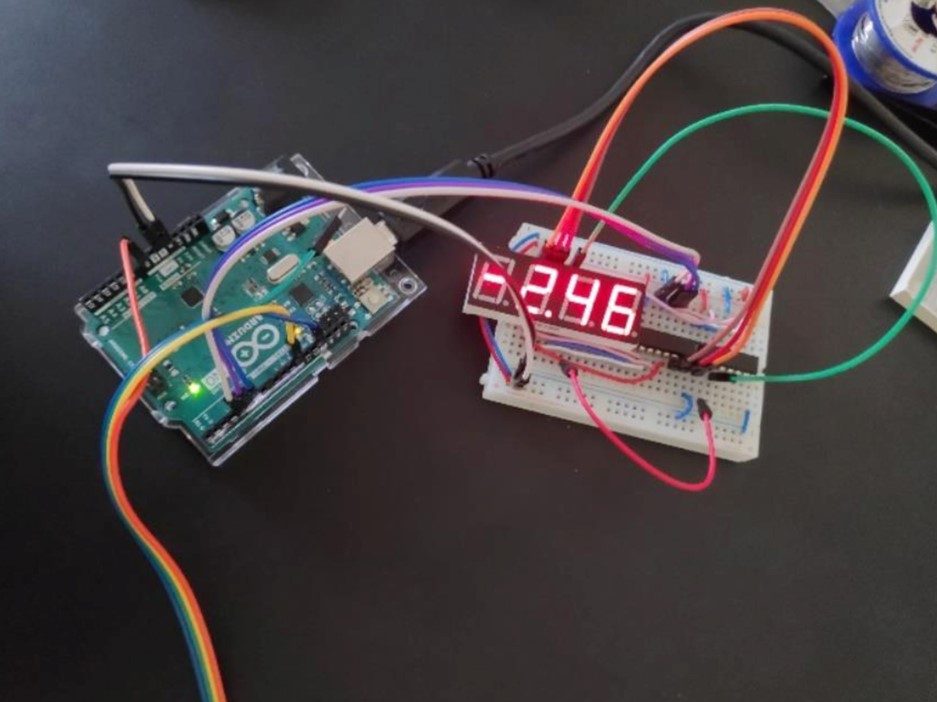Find out how the Imperial College Advanced Hackspace team adapted their hands-on and practical Change Makers Making and Prototyping module to a pandemic-proof hands-on and practical remote delivery model. Post by David Miller and Harry Barnett, Hackspace Fellows
The Imperial College Advanced Hackspace has for a number of years operated making and prototyping modules for undergraduate students from first to fourth year. In previous years the students would spend time at the Hackspace every week being introduced to all manner of prototyping and making skills including fabrication, electronics and biology that would supplement their studies. As the Imperial Horizons modules are open to students across all faculties of Imperial, many are introduced to skills they would not normally be exposed to. At the end of the year students would have learnt and developed new technical skills including computer aided design, design for 3D printing, electronics assembly, fabrication of mechanical components and biological modification.
Due to the disruption to teaching from the Covid-19 pandemic, classes were required to operate entirely online. While some aspects of the modules could be transferred readily to an online format, such as the computer-based modules including computer aided design, others provided a number of challenges due to the practical nature of hardware prototyping.
This required the modules to be completely redesigned to ensure learning outcomes remained the same for students. To ensure a similar feel and learning experience to previous in-person classes that had operated in the Hackspace, a set of parts was designed for the students with the intention they would work through and solve the challenges presented in class. The ‘Hack-Pack’ kits containing the main hardware and electronics needed for the class were delivered to students around the world. Where students would have previously fabricated parts in the Hackspace, over the last year, mechanical parts designed remotely by the students were produced at the Hackspace and delivered to them for use in their projects.
In the process of designing the module we considered what was required to complete the challenges we wanted to offer to the students, then searched for, or produced suitable parts at the Hackspace. In order to make some of the challenges more difficult, we decided that some components should be omitted so students were required to identify work-around solutions. The end result was a kit containing a range of electronic, mechanical and custom hardware parts for the students to freely use over the module.



As in previous years, students were given a number of challenges that had to be solved using the items provided. Components from their Hack-Packs were assembled into all manner of designs including temperature-controlled fans and vehicle reversing sensors. Their final project required them to
utilise not only the items from the kits but to also supplement their designs with items from around their homes into a true ‘hacked’ solution to their final challenge: to build a programmable robotic arm. The end result was a series of innovative designs assembled by the students that could complete a range of complex tasks including dropping a paper gyrocopter and playing rock/paper/scissors, applying their new technical skills learnt during this module.
Initial concerns about students being unable to access the Hackspace equipment, proved to be unfounded and in some cases really did seem to bring out the creative problem solving that is encouraged on the module. Limitations in materials forced the students to develop novel solutions to problems and the challenges they were presented with. Overall, the outcome of remote hardware hacking was successful as demonstrated by the projects presented. The Hack-Packs in conjunction with the online lessons allowed the students to learn new design skills and the processes of hardware and electronics hacking and most importantly taught them how to identify novel solutions to challenges: an invaluable skill in future engineering and research careers.


